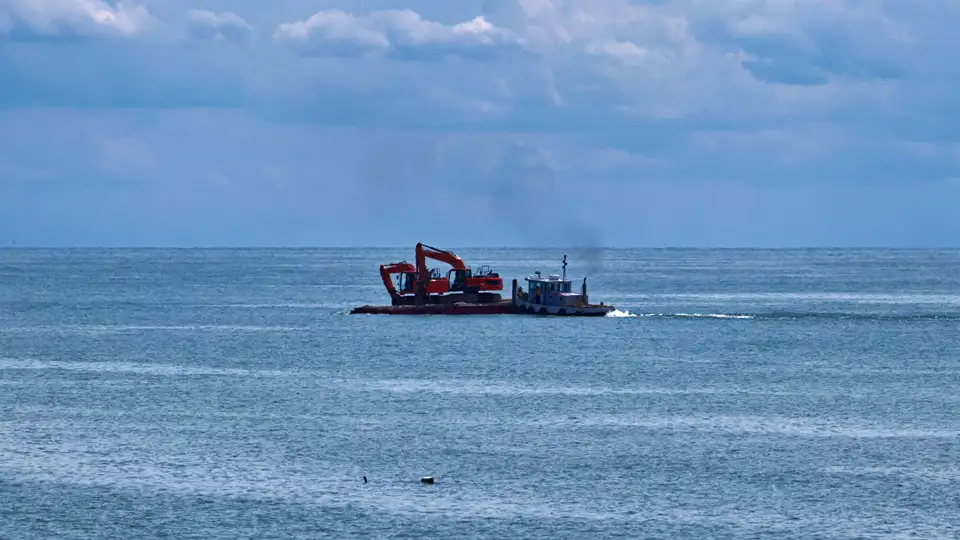Introduction
Salt Run dredging is underway in St. Augustine, Florida, as part of a project aimed at enhancing navigation, protecting the environment, and improving community access to the Intracoastal Waterway. This initiative, led by Brance Diversified Inc., underscores the critical role dredging plays in maintaining waterways that support both recreation and commerce.
Project Scope and Timeline
The Salt Run dredging project officially commenced this month and is expected to continue for approximately 30 days. Covering the stretch from the Lighthouse Park Boat Ramp to the mouth of the Salt Run Channel at the St. Augustine Inlet, crews will remove nearly 12,000 cubic yards of sediment. By deepening and widening the channel, the project ensures that recreational and commercial vessels can continue to access the Atlantic Intracoastal Waterway safely.
Role of Brance Diversified Inc.
Brance Diversified Inc., the contractor for the project, is responsible for executing the dredging operations and transporting the collected material. Sediment removed during Salt Run dredging will be loaded onto barges and transported to Jacksonville’s Reed Island Dredged Material Management Area (DMMA). There, the material will be stored and repurposed for future beneficial uses such as beach renourishment, construction, and land reclamation.
Funding and Partnerships
The Salt Run dredging project is funded through multiple grant awards provided by the Florida Inland Navigation District (FIND) and the St. Augustine Port, Waterway, and Beach District (SAPWBD). These partnerships underscore the collaborative investment necessary to maintain local waterways in a functional and safe state. Jacob Webber, the City of St. Augustine’s Grant Administration Coordinator, expressed gratitude for the continued support, noting that such efforts are essential for public benefit and community well-being.
Environmental and Navigational Benefits
Beyond improving navigation, maintenance dredging in Salt Run has important ecological benefits. By restoring depth and tidal exchange, the project supports healthier water circulation in the area, which is vital for marine life and bird habitats. Anastasia State Park, located nearby, will directly benefit from improved tidal flow, which sustains ecosystems critical to wildlife.
For boaters, the Salt Run dredging project ensures safe passage for charter fishing operations, sightseeing tours, eco-tours, and private vessels. The improved channel will also make travel along the Atlantic Intracoastal Waterway more accessible, reinforcing St. Augustine’s position as a key hub for both recreation and tourism.
Future Use of Dredged Material
A central aspect of modern maintenance dredging is the beneficial reuse of material. Instead of being treated as waste, sediment from Salt Run dredging will be applied to practical purposes. From shoring up beaches to supporting construction and land reclamation, the recycled material will serve projects that benefit both the environment and the community.
Conclusion
Salt Run dredging is more than a short-term navigation project; it represents a long-term commitment to maintaining safe waterways, promoting environmental health, and ensuring community access. By combining effective maintenance dredging practices with strategic reuse of dredged material, St. Augustine continues to invest in sustainable solutions for its waterways. With support from state and local partners, this effort ensures that Salt Run remains a vital channel for boaters, wildlife, and the broader community.
